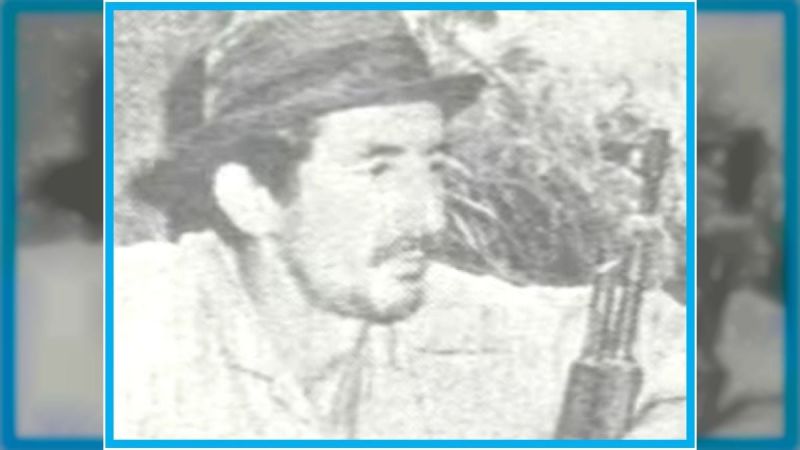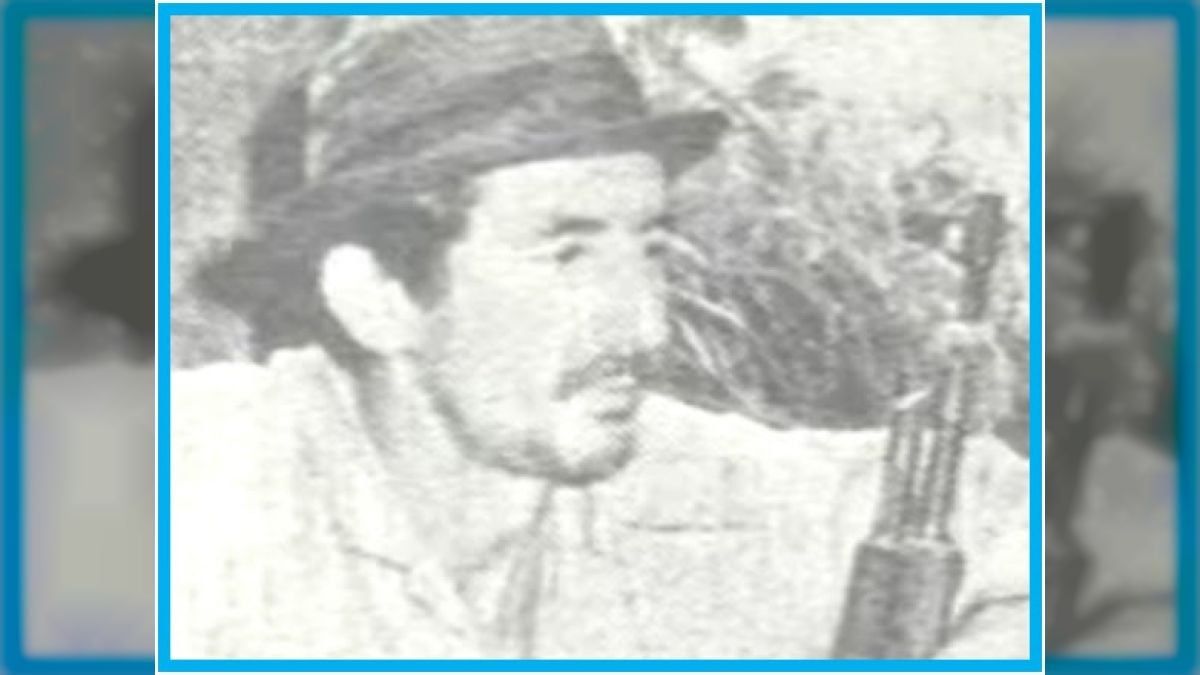Américo Silva: Warrior who faced the repressive policies of the Fourth Republic (+birth)


Internet photo

Published at: 16/03/2025 08:20 AM
On March 16, 1933, in Aragua de Maturín, Monagas state, Américo Silva was born, a guerrilla fighter who faced the dictatorship of Marcos Pérez Jiménez and governments of the Fourth Republic.
From the age of 12, he had to give up school to work and help support his family, after the death of his father, Alberto Tirado.
He worked in a school canteen and as a salesman at the gates of foreign oil companies in Caripito and Jusepín, he was taught the harshness of social inequality and foreign domination over Venezuelan resources and society, which gave rise to a strong desire to change this situation.
At 15, he discussed these issues with revolutionary fighters and thinkers, such as Simón Sáez Mérida, Joaquín Blanco and Trino Barrios, and in 1953, at only 20 years old, he joined the clandestine resistance against the dictatorship of General Marcos Pérez Jiménez (1952-1958), in which he acted consecutively between San Félix, Ciudad Piar and Aragua de Maturín.
Three years later, he moved to San Félix, Bolívar state, and began to work as a driver of the iron ore freight trains for the North American company Orinoco Mining Iron, where he once again experienced capitalist exploitation and discrimination against the working mass.
Along with other workers, he began a fight to rescue the iron union from employers' domination, and went on to defend the peasant families of Cerro Bolívar (formerly Cerro La Parida), who were violently evicted by security agencies and the Orinoco Mining Company to exploit iron deposits in the area.
After the dictatorship was defeated, Silva went on to work at the National Agrarian Institute in Monagas, where he dedicated himself to promoting the distribution of land among small peasants, organizing agrarian unions and beginning the fight for the right to land against landowners and landlords.
In 1960, he decided to actively switch to armed struggle and joined the new Revolutionary Left Movement (MIR), occupying the position of political-military instructor at the MIR Youth Camp, in Culantrillar.
In 1961, he was in charge of the command of urban guerrillas in the East. At 30, he was responsible for the rear guard and logistics of the Ezequiel Zamora Guerrilla Front in the states of Miranda and Guárico.
He then assumed the position of first Commander of the Antonio José de Sucre Front in the eastern region of the country.
His revolutionary formation was reinforced in Cuba, and on May 8, 1967, he participated in the landing of Machurucuto, when a dozen revolutionaries from the Caribbean island arrived in the country on the Varguense beach, to join the defense of the proletariat.
In 1970, Silva became a member of the National Political Committee of the new Red Flag group, in parallel with his participation in the command of the Antonio José de Sucre Guerrilla Front and political and military leader of the Trino Barrios district.
In this last stage of his life, he rejected with all his strength the “pacification” proposed by Caldera, which left dozens dead and detained throughout the country.
Silva will always be remembered by those who knew him for his position in the face of defeats and the ups and downs of combat, reflected in his words: “The struggle of the oppressed, for socialism, against capitalism and its highest imperial expression is diverse, risky and does not end either with the betrayal of an outclassed person or with the death of a warrior”.
On March 31, 1972, the security forces of the government of Rafael Caldera (1969-1974) assassinated this revolutionary, an icon of the struggle for social justice among the humble classes of Venezuela between the 1950s and the 1970s.
Mazo News Team